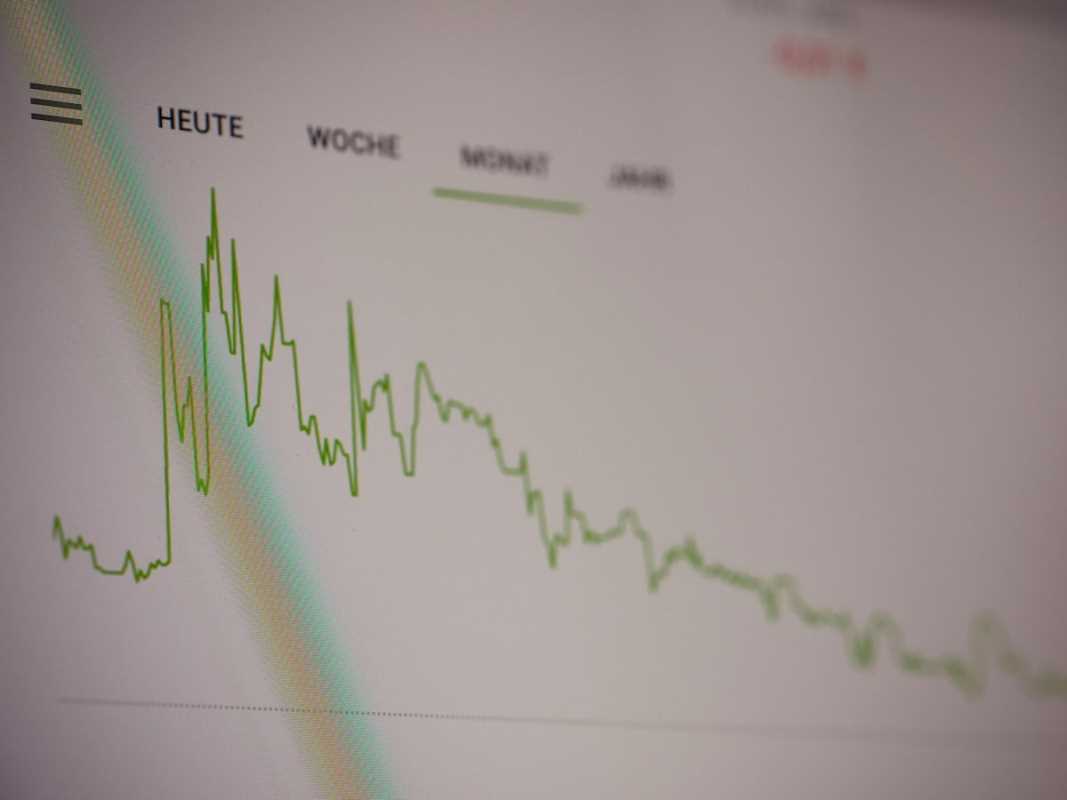Your retirement may feel like a long way off, but how you manage your 401(k) or other retirement accounts today can make a big difference to your future. Contributing to your retirement plan isn’t just about setting money aside; it’s about making smart decisions to maximize its potential. By the time you retire, these efforts can translate into meaningful savings.
1. Take Full Advantage of Your Employer Match
If your employer offers a 401(k) match, think of it as free money. Many companies match contributions up to a certain percentage of your salary, which can significantly boost your savings. For example, if your employer matches 100% of contributions up to 4% of your salary, and you make $50,000 a year, contributing 4% means you'll get an additional $2,000 from your employer.
Check with your HR department to understand how your employer match works. If you’re not contributing enough to get the full match, adjust your contribution rate to capture every dollar available. Don’t leave free money on the table!
2. Set Up Automatic Contribution Increases
Life gets busy, and sometimes saving for retirement slips through the cracks. To stay on track, consider setting up automatic annual contribution increases. Many 401(k) plans allow you to schedule modest increases, such as 1% or 2% each year. These small changes are manageable and can keep your savings growing steadily.
For instance, if you're contributing 5% of your salary now, you can plan to increase it to 6% next year, then 7%, and so on. Over time, these gradual increases compound, adding significantly to your retirement fund.
Log into your retirement account and see if your plan offers automatic contribution features. If it does, take a few minutes to set it up. Your future self will thank you.
3. Max Out Your Contributions, If Possible
The IRS sets annual contribution limits for 401(k)s, so it’s worth aiming to hit the maximum whenever possible. For 2025, the limit is $22,500 for most people under 50. Those aged 50 or older can contribute an additional $7,500 in “catch-up contributions,” bringing their total to $30,000.
While maxing out may not be feasible for everyone, contributing as much as your budget allows can pay off in the long run. Even a small boost in your monthly contributions can make a noticeable difference once compound growth kicks in.
Review your monthly budget and see if you can redirect any discretionary spending (like dining out or streaming services) toward your retirement savings.
4. Leverage Tax Benefits
One of the biggest advantages of 401(k)s and similar plans is the tax benefit they offer. Traditional 401(k) contributions reduce your taxable income, often resulting in immediate tax savings. For example, if your tax rate is 22% and you contribute $10,000 to your 401(k) in a year, that's $2,200 less you’ll owe in taxes.
Roth 401(k)s, on the other hand, are funded with after-tax dollars. While there’s no immediate tax deduction, your earnings grow tax-free, and withdrawals in retirement are tax-free too. Depending on your financial situation and future tax bracket, a Roth 401(k) might be worth exploring.
Speak with a financial advisor or tax professional to weigh the tax benefits of a Traditional vs. Roth 401(k). You might also consider splitting your contributions between the two if your plan allows.
5. Stay on Top of Fees
Not all retirement plans are created equal, and some come with high fees that can eat into your savings over time. Small fees may seem harmless, but they can add up. For example, paying 1.5% in expenses each year versus 0.5% can mean tens of thousands of dollars less in retirement savings over the decades.
To minimize these costs, check the expense ratios for your investment options. Index funds and target-date funds typically have lower costs and can be excellent choices for those seeking simplicity and affordability.
Log into your retirement account and review the fees for the funds you're invested in. If they're higher than you'd like, consider reallocating to lower-cost options.
6. Diversity Is Your Friend
Diversification is a foundational principle in investing. By spreading your investments across different asset classes like stocks, bonds, and mutual funds, you reduce the risk of having all your eggs in one basket. Many 401(k) plans include target-date funds, which automatically adjust their asset mix based on your expected retirement date.
Look at your account's investment allocation and ensure it aligns with your retirement goals and risk tolerance. If in doubt, a financial advisor can help tailor an allocation that works for you.
7. Watch for Contribution Deadlines
Unlike IRAs, where you have until the tax filing deadline of the following year to make contributions, 401(k) contributions must be made by the end of the calendar year. Missing this deadline can mean losing out on tax benefits or employer matching opportunities.
Mark December 31 on your calendar as the final day to make adjustments to your 401(k) contributions.
8. Revisit Your Contributions Regularly
Retirement planning isn’t a set-it-and-forget-it endeavor. Changes in your salary, expenses, or financial goals might mean it’s time to revisit your contribution levels. For example, if you receive a raise, consider directing a portion of it toward your retirement savings. This approach allows you to boost your future savings without feeling a pinch in your day-to-day finances.
Schedule an annual review of your retirement plan. Take this time to increase contributions, reevaluate fund choices, or ensure you’re maxing out your employer match.
9. Get Educated About Your Plan
Finally, take the time to understand all the features and benefits your 401(k) or retirement plan offers. Some plans include perks like financial wellness seminars, access to advisors, or other resources to help you plan effectively. Knowing these options can help you make more informed decisions and get the best results from your savings.
Log into your retirement account or request an overview of your plan from HR. Even spending 30 minutes learning how it works can set you up for long-term success.
Start Building the Future You Deserve
The most important step is to start today. Even small actions, like increasing your contributions by 1% or reviewing your account, can add up over time.
 (Image via
(Image via





